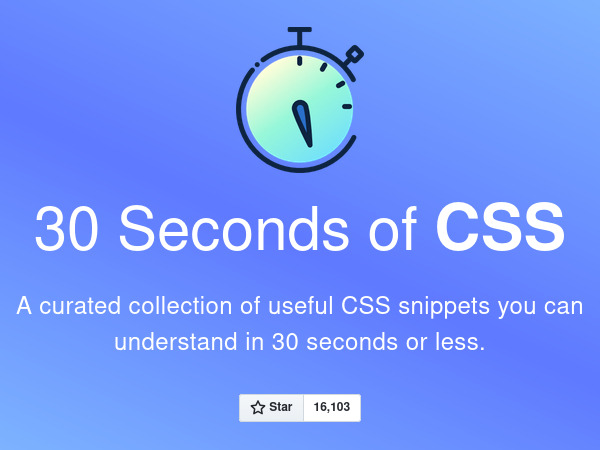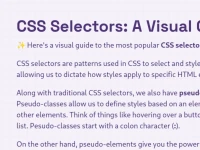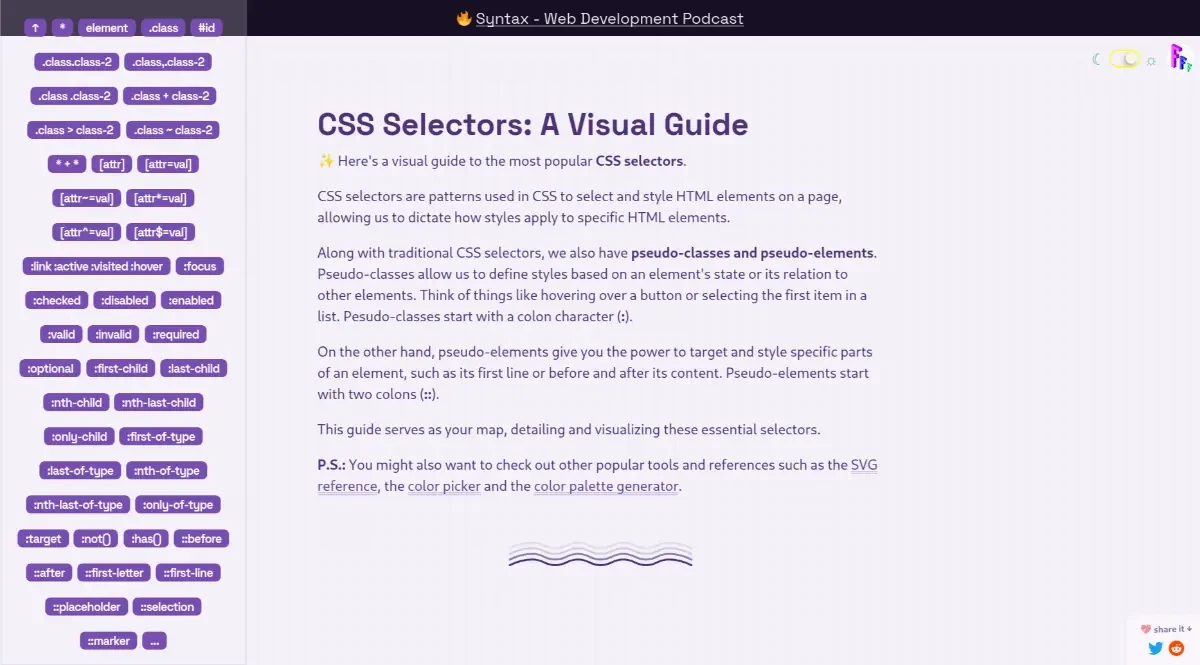
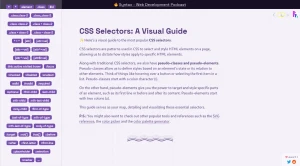
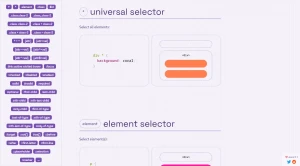
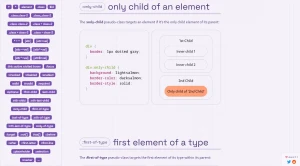
Here's a visual guide to the most popular CSS selectors.
CSS-Selectors describes CSS selectors, which are patterns used to select and style HTML elements. It serves as a visual guide and reference to these selectors.
Here's a summary of its main points:
CSS selectors are used to apply styles to specific HTML elements.
The guide covers traditional CSS selectors, pseudo-classes, and pseudo-elements.
Pseudo-classes style elements based on their state or relation to other elements and start with a single colon (:), like
:hover.Pseudo-elements style specific parts of an element and start with double colons (::), such as
::before.The guide lists various selectors such as universal (
*), element, class (.class), ID (#id), and combinations of classes and IDs.It explains combinators like comma (
,), descendant (space), adjacent (+), child (>), and general sibling (~) selectors.The guide also covers attribute selectors that target elements with specific attributes or attribute values using brackets
[].It lists pseudo-classes for links (
:link,:visited,:hover,:active), input focus (:focus), checked inputs (:checked), enabled or disabled inputs (:disabled,:enabled), valid or invalid inputs (:valid,:invalid), required or optional inputs (:required,:optional), and more.The guide provides pseudo-classes for selecting elements based on their position within a parent: first child (
:first-child), last child (:last-child), nth child (:nth-child), nth-last-child (:nth-last-child), only child (:only-child), first of type (:first-of-type), last of type (:last-of-type), nth-of-type (:nth-of-type), nth-last-of-type (:nth-last-of-type), and only of type (:only-of-type).It includes the
:targetpseudo-class for selecting elements with an ID that matches the URL fragment.The guide also describes functional pseudo-classes like
:not()for excluding elements and:has()for styling an element based on its contents.It covers pseudo-elements to insert content before (
::before) or after (::after) an element, style the first letter (::first-letter) or line (::first-line), style input placeholders (::placeholder), selection (::selection), and list markers (::marker).Additional pseudo-classes are also mentioned including
:root,:is(),:where(),:default,:empty,:fullscreen,:in-range,:out-of-range,:indeterminate,:read-only,:read-writeand:lang().The document also lists various SVG generators, tools and design resources.
In short, this document is a comprehensive guide to CSS selectors, which are essential for styling web pages.
You may also be interested in ...
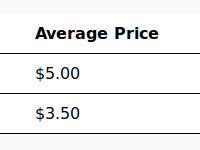
Making Tables Responsive With Minimal CSS
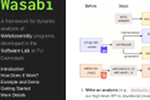
Wasabi, a dynamic analysis framework for WebAssembly
